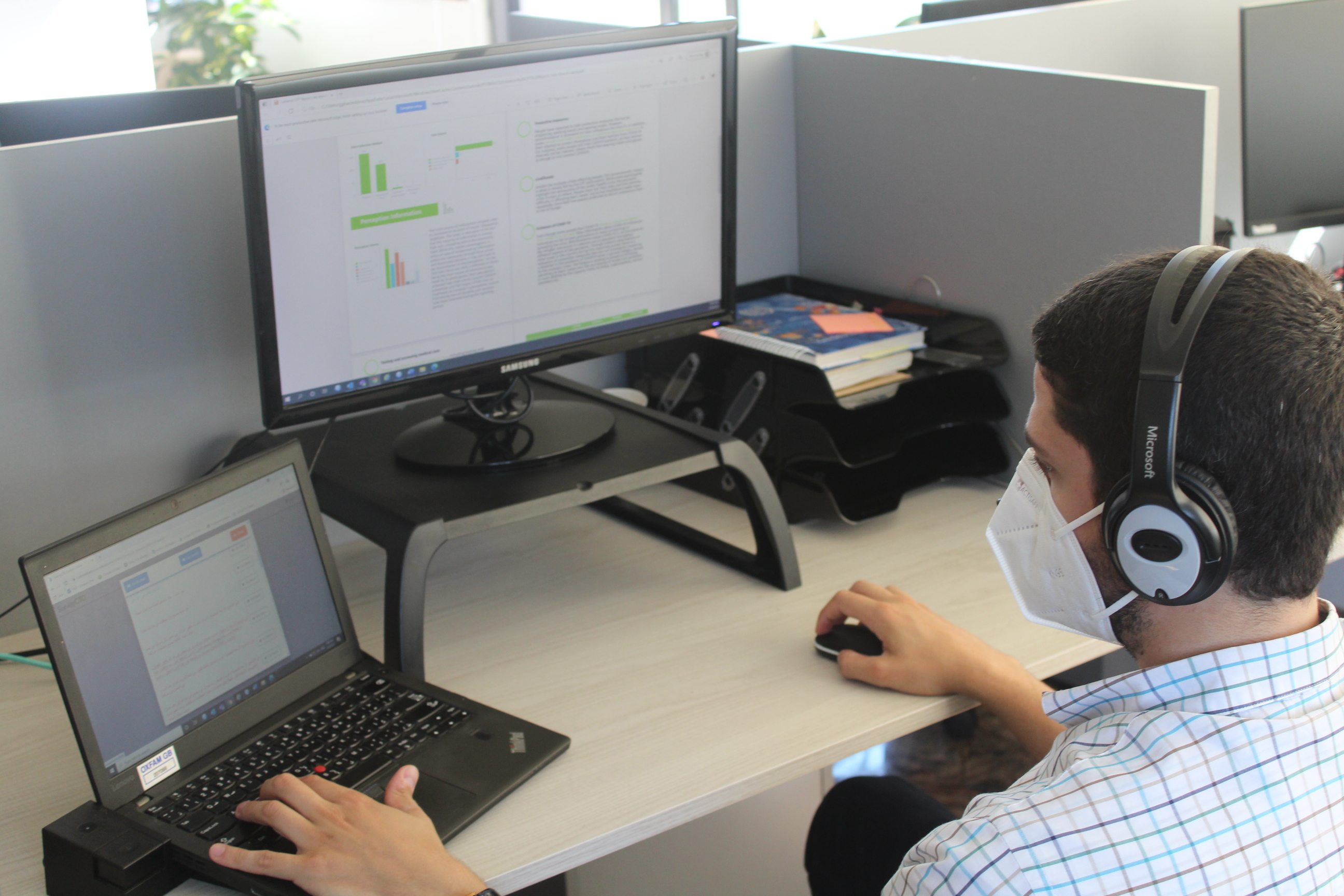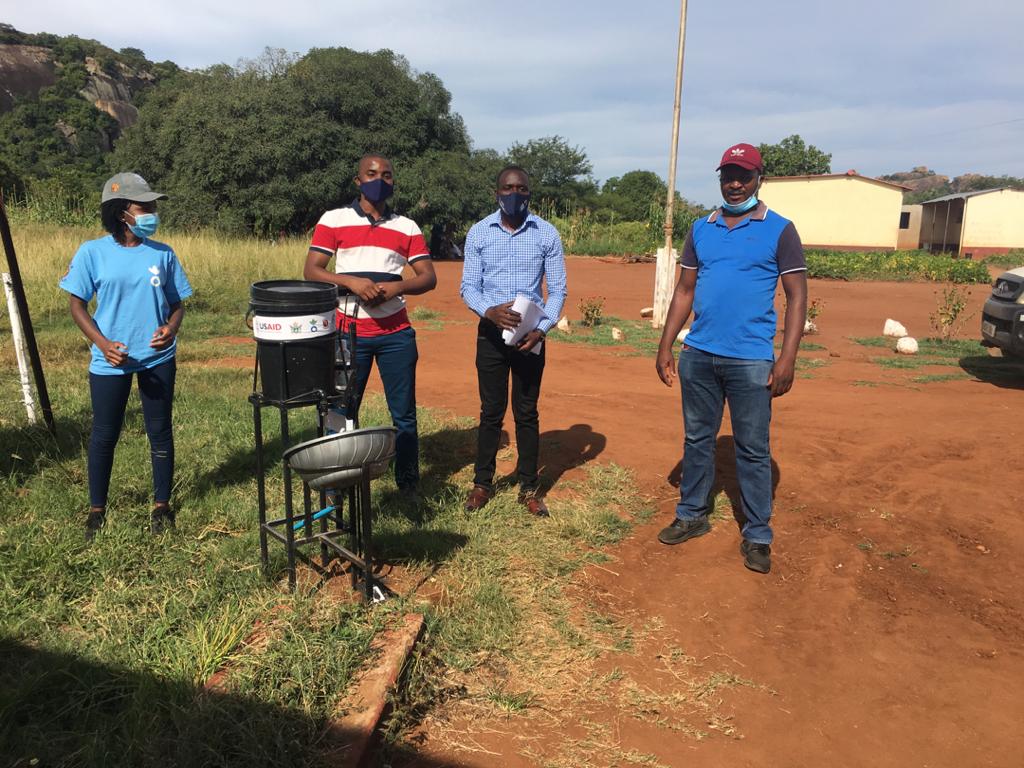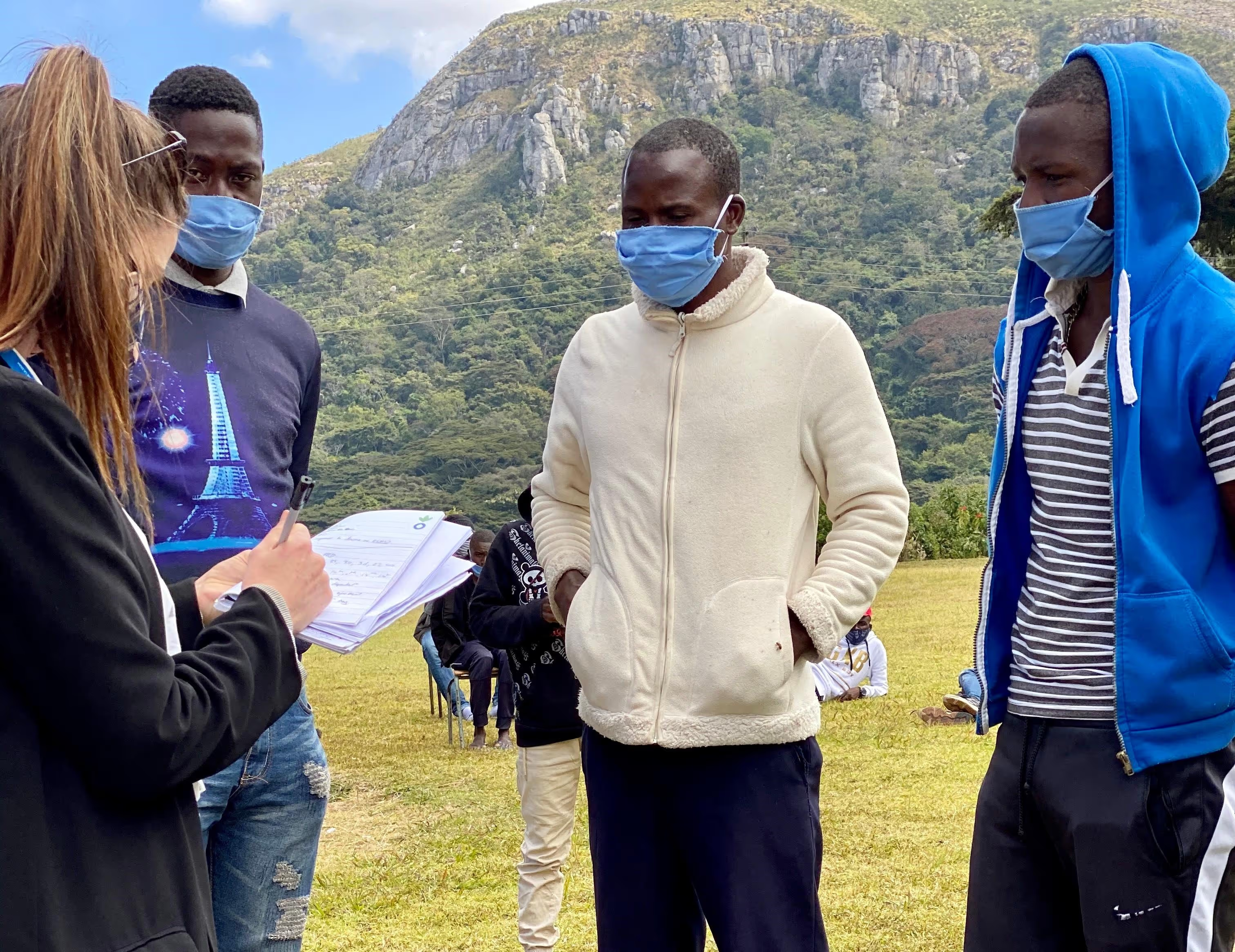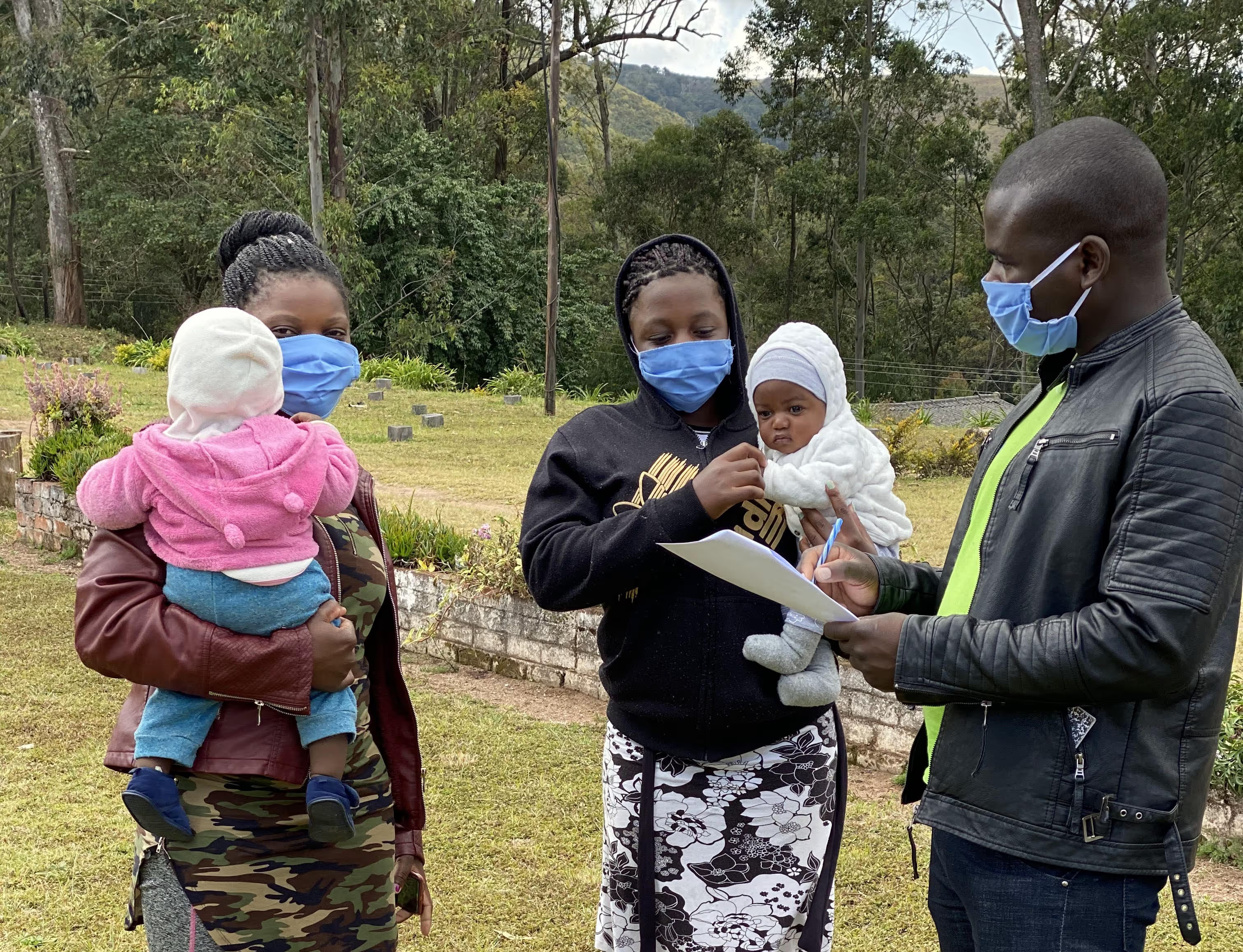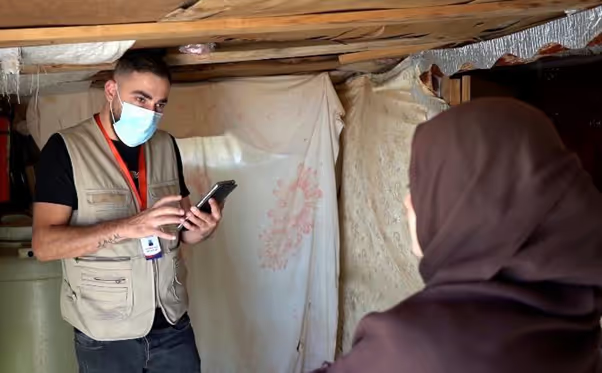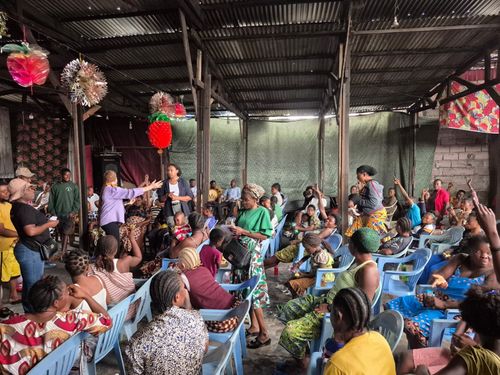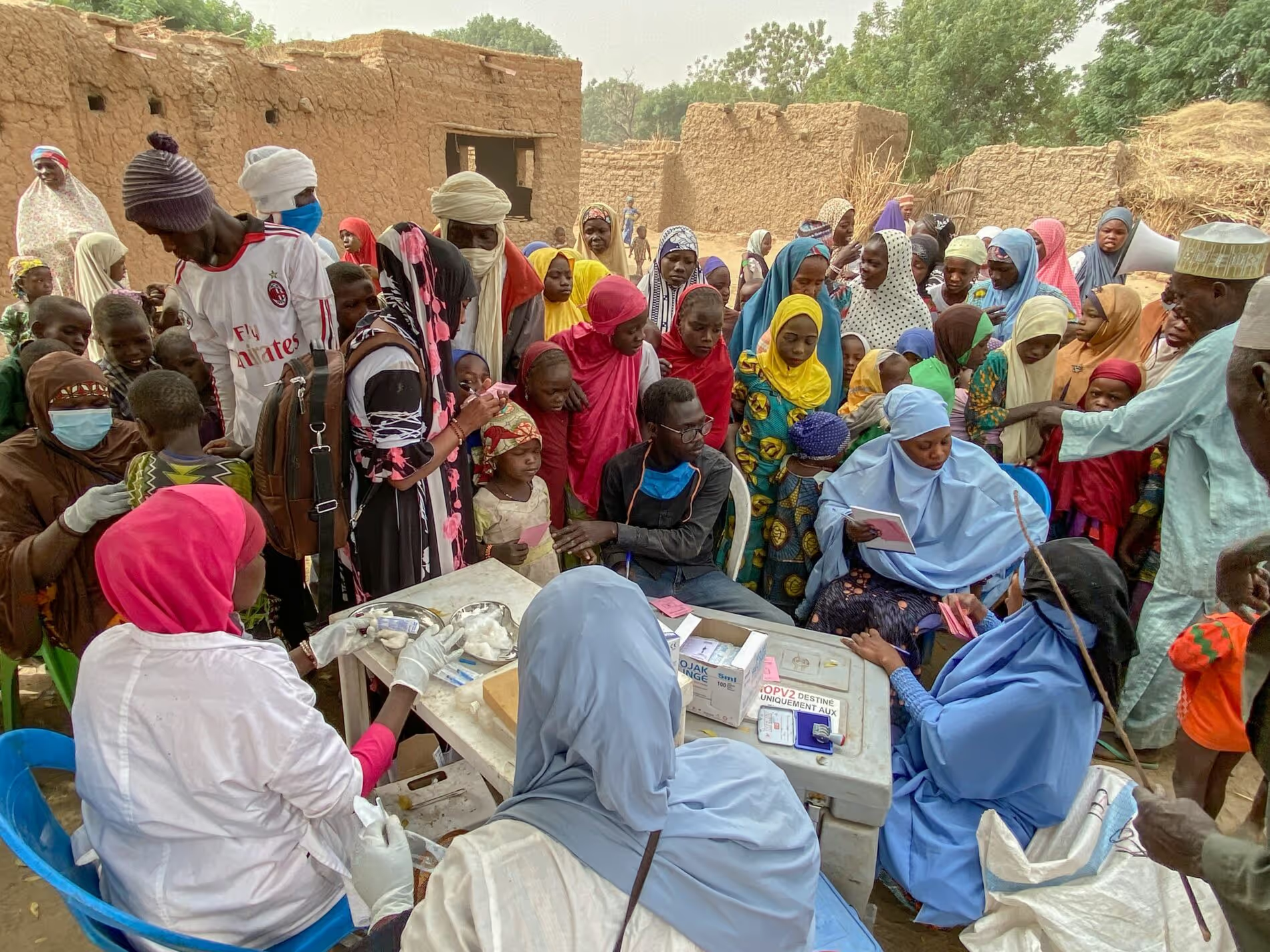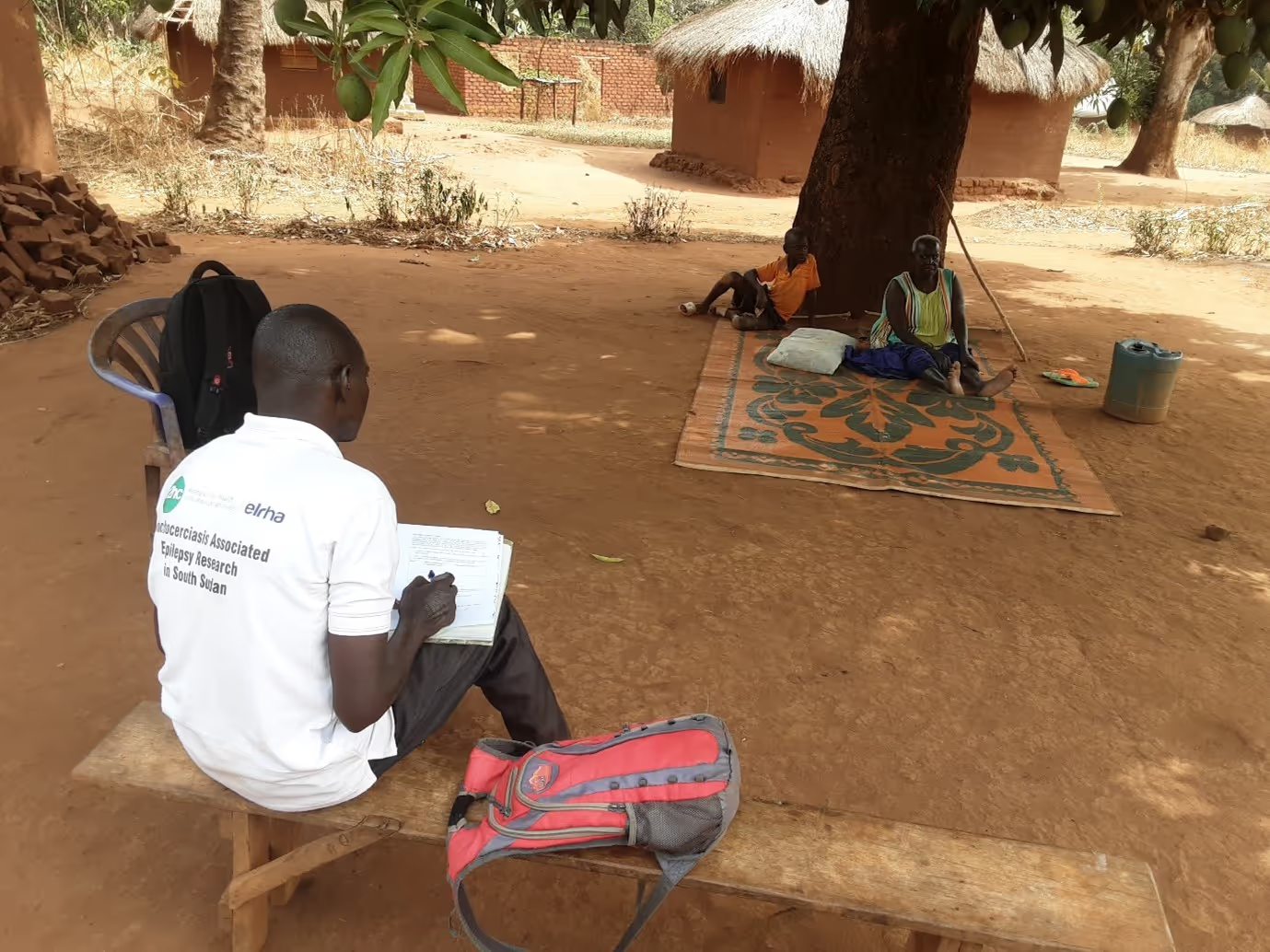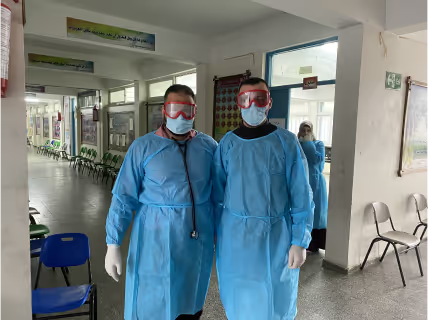Tracking Community Perceptions: curbing the spread of COVID-19
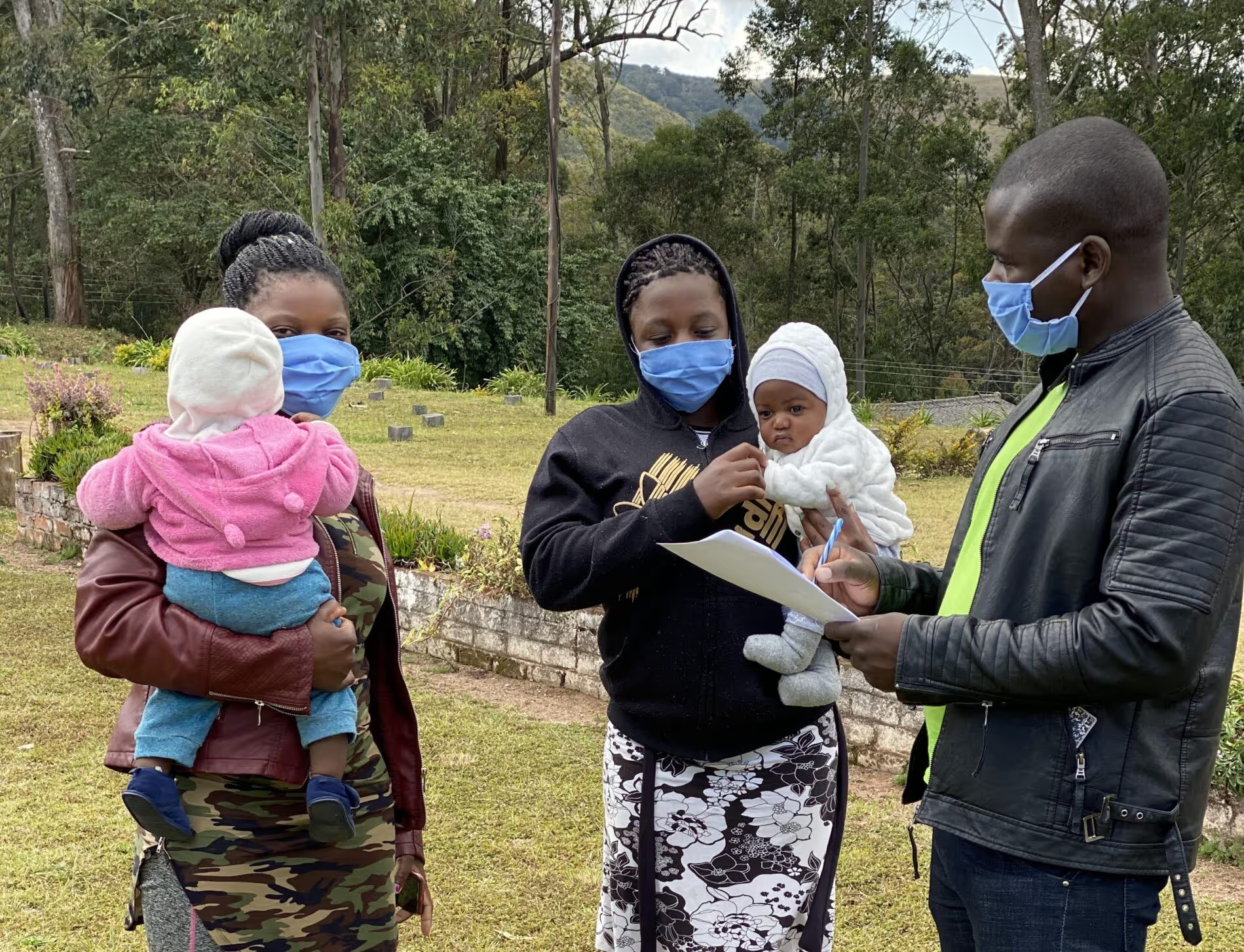
Project overview
This study examined whether the use of the Community Perception Tracker (CPT) affected iterative implementation of programmes during the COVID-19 outbreak and the perceived acceptability of these public health programmes among community members.
Countries
Lebanon
Zimbabwe
Organisations
Oxfam
Partners
London School of Hygiene and Tropical Medicine (LSHTM), Action Contre la Faim (ACF), Africa Ahead (Zimbabwe)
Area of funding
Humanitarian Research
Grant amount
£323,903.00
Start date
01
June
2020
End date
01
September
2021
Project length (in months)
15
Funding calls
Focus areas
No items found.
Topics
COVID-19
Status
Closed
Project solution
This project offers [specific solution or intervention] to tackle [challenge]. By implementing [strategies, tools, or innovations], the project aims to achieve [desired outcomes]. The approach is designed to [specific actions or methods] to bring about meaningful change in [community, region, or issue area].
Expected outcomes
This project aims to achieve [specific outcomes], such as [measurable results, improvements, or changes]. The expected impact includes [benefits to the target community, advancements in research or innovation, or long-term effects]. By the end of the project, we anticipate [specific changes or milestones] that will contribute to [broader goals or objectives].
Principal Investigator: Sian White, London School of Hygiene and Tropical Medicine (LSHTM)
Research Snapshot: Listening to communities improves outbreak response
Community engagement has been recognised as a core pillar of outbreak response. This study found evidence that a new approach, the Community Perceptions Tracker (CPT), helped to track trends in community attitudes towards the COVID-19 pandemic which then informed adaptations to preventative programmes.
[.cta_link]View snapshot[.cta_link]
What did the study set out to achieve?
The aim of the research was to understand how community perceptions towards COVID-19 and response programmes change over the course of the outbreak. The research explored three objectives:
- Understand how community perceptions change over the course of the COVID-19 outbreak;
- Understand whether the Community Perception Tracker (CPT) enables staff within humanitarian organisations to make more informed decisions and adjust programming accordingly;
- Understand whether adjustments made to COVID-19 response programmes are seen to be more acceptable to communities and result in perceivable behavioural change.
We set out to improve the quality of community engagement and behaviour change communication programmes so as to strengthen communities’ trust and acceptability of these processes. The research aimed to improve understanding of behavioural enablers and barriers for communities affected by COVID-19, and to enable humanitarian actors to rapidly adapt and correct their programme activities in line with people’s understanding, priorities and needs, with resulting behaviour change that helps minimise infection risks.
What were the key findings?
Tracking perception trends: The CPT identified changes in the patterns of community perceptions over time. For example, early on perceptions primarily related to questions about the origin of the disease and preventative actions. As time went on people were concerned by the secondary socio-economic impacts of COVID, government responses, and vaccine hesitancy.
Programme improvements: CPT staff felt the process allowed them to develop closer relationships with communities and be more systematic about the way they undertook community engagement. They reported the CPT led to more frequent programmatic adaptations. This included being able to update communication materials to address common perceptions, modifying programming where new needs emerged (e.g. adding masks to hygiene kits to address shortages or shifting their programming to focus more on facilitating vaccine uptake) and advocating on behalf of communities.
There was also some evidence to indicate that the CPT process made programmes more acceptable and relevant to crisis-affected communities.
What does this mean for policymakers and practitioners?
Tracking perceptions on a rolling basis is critical during outbreaks, as community perceptions were found to change over the course of the pandemic in response to transmission dynamics, government trust and policies, the spread of misinformation and community norms. Invariably, these changing perceptions affect community responses to public health measures.
The CPT was valued by humanitarian staff as it supports development of active listening skills, programmatic reflection, and the discussion of crosssectoral and inter-agency issues. It was found to be an interactive and feasible way of learning from populations, though it requires critical analysis and reflections from staff to translate insights into programmatic improvements. The CPT could be used to complement standardized approaches to programmatic learning, monitoring or accountability.
The evaluation identified opportunities to improve the CPT. These are being used to develop more detailed guidance on training, data collection and analysis, and the tracking of programme adaptations. Guidance will be published to enable other humanitarian organisations to replicate the CPT in their own areas of work.
Next steps
Key outputs from the research will be a Monitoring and Evaluation (M&;E) framework for use of the CPT in public health programmes. We will also publish two articles in peer-reviewed journals.
The CPT data will be used to influence decision-making mechanisms that communities cannot access on their own. Humanitarian implementation organisations are exploring how the CPT approach can be used in future outbreaks and other types of emergencies. In Zimbabwe, teams are cascading the approach to the village level so that community members can also collect perceptions.
No items found.
Project delivery & updates
Stay up to date with the latest developments from this project. Here, you will find details on what has been delivered, resources created, and regular updates as the project progresses. Access key documents, reports, and other materials to see how the project is making an impact.
No resources/updates have been published yet for this project. Sign up for our newsletter to stay informed about upcoming publications and updates!
Join our Newsletter
Resources
No items found.
Latest updates
No items found.

